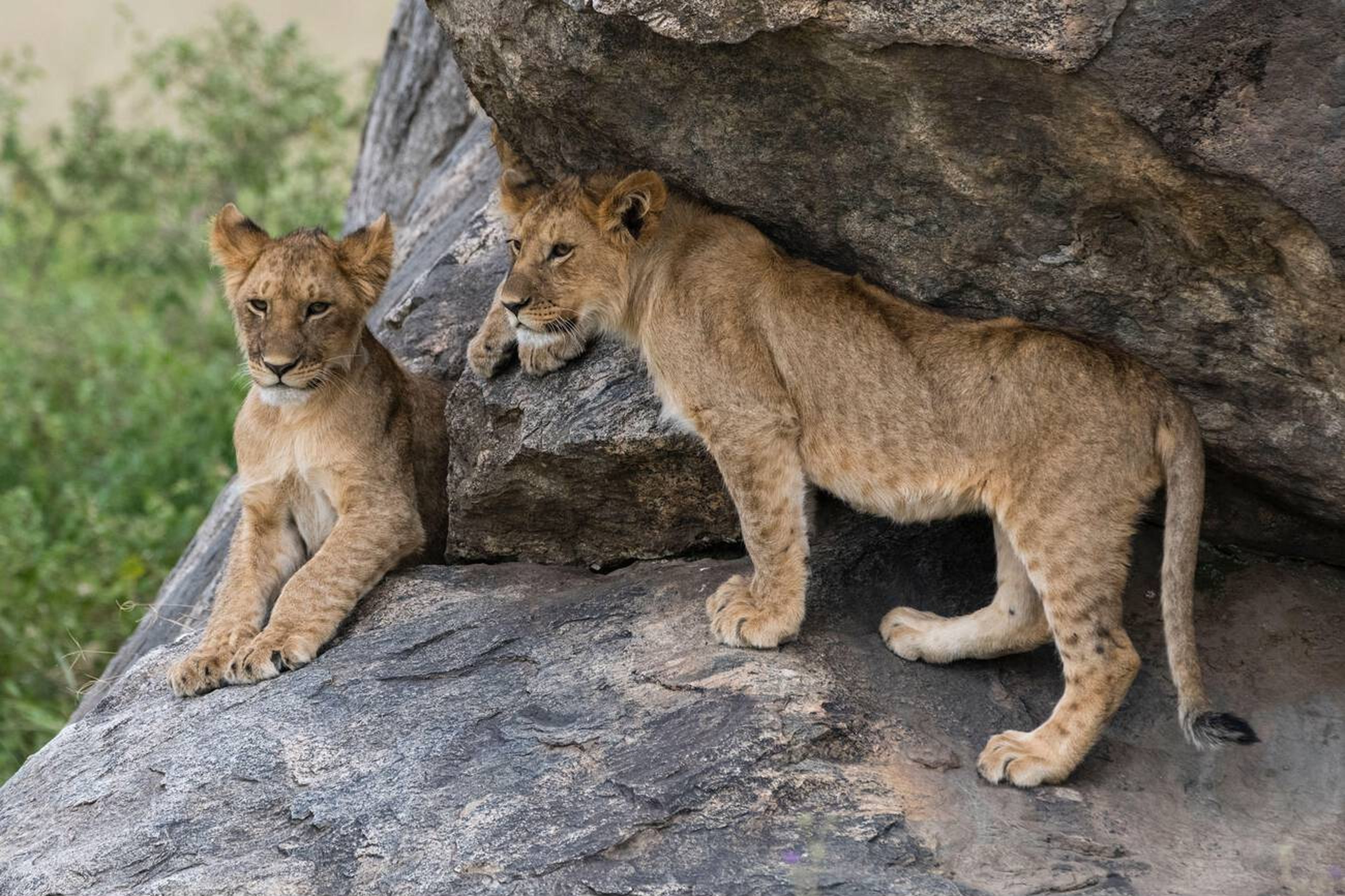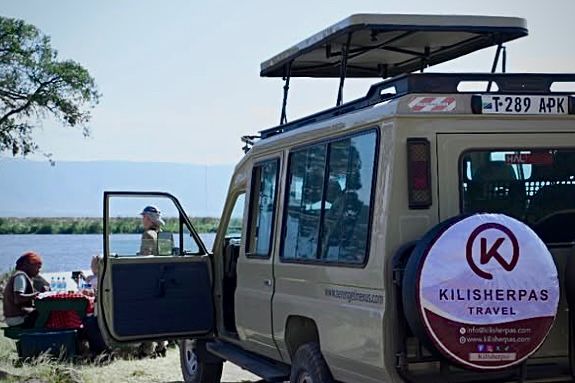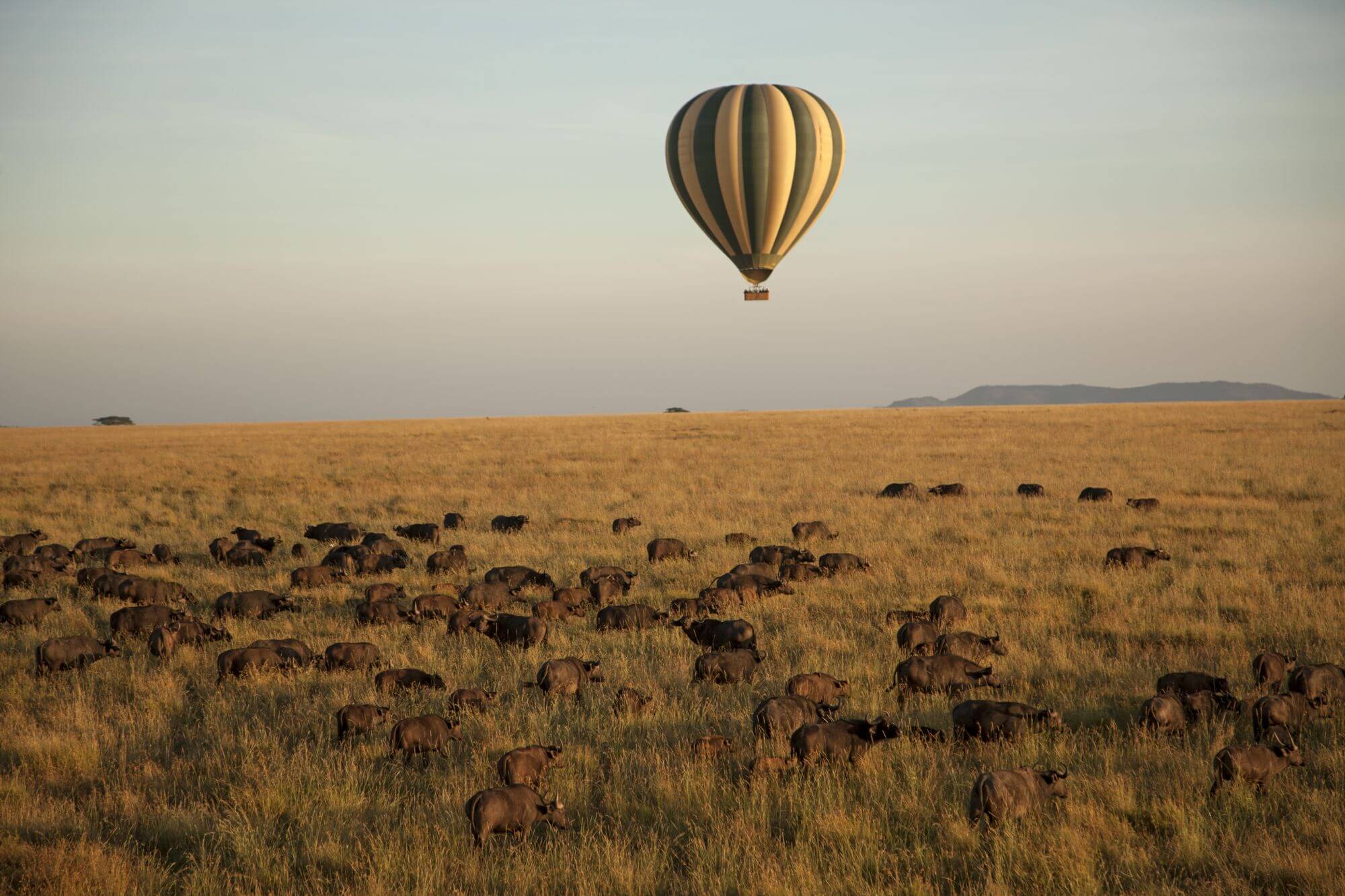Introduction to the Maasai of Tanzania
The Maasai are one of Africa’s most iconic tribes, renowned for their vibrant red shukas, high-jumping “Adamu” dance, and warrior heritage. Originating from Kenya and Tanzania, they once roamed the Serengeti (derived from the Maasai word “Serengit,” meaning endless plains) and Maasai Mara. Today, their homesteads fringe these now-protected wildlife reserves and span the Ngorongoro Highlands. Kilisherpas Travel, with 20,000+ Kilimanjaro ascents since 2021, offers cultural tours to meet the Maasai, blending their traditions with your 2025 - 2026 Tanzania adventure.
Who Are the Maasai?
Semi-Nomadic Herders
- Lifestyle: The Maasai are semi-nomadic, moving with their cattle and goats to follow rains and fertile grazing lands.
- Historical Context: Once coexisting with wildlife in the Serengeti and Maasai Mara, they faced challenges protecting livestock from predators like lions and leopards. After these areas became national parks, the Maasai relocated to the fringes, primarily in Ngorongoro and Loliondo.
- Modern Day: Many Maasai maintain traditional herding, while others work in tourism or urban roles, adapting to modern Tanzania.
History
- Origins: Migrating south from North Africa in the 15th century, the Maasai acquired cattle from other tribes, building wealth until droughts and diseases in the 19th century decimated nearly half their population and herds.
- Colonial Impact: A 1911 treaty with British settlers forced the Maasai onto less fertile lands in Kenya and Tanzania, sparking ongoing land rights discussions.
Kilisherpas Tip: Visit a Maasai village near Ngorongoro to learn about their resilience and adaptation.
Maasai Culture and Traditions
Cattle as Currency and Status
- Significance: Cows are the Maasai’s most valued asset, symbolizing wealth and social standing. More cattle mean higher status.
- Uses: Cattle serve as currency for trade, dowries (exchanging cows for brides), and sustenance (milk, meat, blood).
- Diet: Rich in calcium from raw milk, meat, and occasional cow blood (tapped non-lethally from the jugular) during ceremonies or illness. Urban Maasai adopt varied diets.
The Adamu Jumping Dance
- Purpose: The “Adamu” jump showcases warrior strength to attract brides; higher jumps signal greater prowess.
- Ceremonies: Performed during the “Eunoto” warrior initiation, where boys become junior warriors through circumcision and rituals.
Polygamy and Gender Roles
- Marriage: Maasai men may have multiple wives, each building her own hut (“enkaj”) for her children. The first wife holds the highest status, living closest to the husband.
- Women’s Roles: Women handle chores (fetching water, cooking, milking, building huts) but cannot own cattle or land. Their father or husband makes major decisions.
- Challenges: Women without sons face hardship in old age, lacking support in a patriarchal system.
Kilisherpas Note: Cultural tours foster respectful discussions about gender roles, balancing tradition with modern perspectives.
Lion Hunting and the Maasai Olympics
- Historical Practice: Lion hunting was a rite of passage for warriors, proving bravery. Clashes with predators led to the Serengeti’s protection as a national park.
- Modern Shift: Since 2008, the Maasai Olympics replaced hunting with sports like running, spear-throwing, and dancing, preserving warrior skills while protecting wildlife. Cash prizes incentivize participation.
- Impact: Conservation efforts benefit lions, and tourists can attend events (held biennially, next in 2026).
Maasai Homes: Manyattas
- Construction: Women build semi-permanent huts (“manyattas” or “enkaj”) using mud, sticks, grass, ash, cow dung, and urine for waterproofing.
- Design: Small (1.5m high, 12m²), with a fireplace, sleeping hides, and storage. Livestock may be kept inside for safety.
- Kraals: Villages are enclosed by acacia-thorn fences to protect cattle from predators.
Distinctive Dress and Jewelry
- Shukas: Traditionally animal skins, now vibrant red cloths (shukas) dominate, though other colors (blue, green) are common. Red symbolizes bravery, white peace, blue water.
- Jewelry: Beaded necklaces, bracelets, and headpieces signify status (e.g., single vs. married women). Women shave their heads and stretch earlobes.
- Warriors: Only warriors wear long hair, distinguishing them within the tribe.
Language and Beliefs
- Language: The Maasai speak Maa, originating from their Nile Valley roots. Most are fluent in Swahili and English, Tanzania’s official languages.
- Religion: Ngai, the creator god, is believed to have sent the Maasai to earth to herd cattle after separating sky and earth.
Warrior Culture and Age Sets
- Warriors: Boys train from age 6 to herd cattle, becoming junior warriors at 14 via circumcision and the Eunoto ceremony. Warriors protect livestock and later settle to raise families.
- Age Sets: Men progress through junior warriors, senior warriors, junior elders, and senior elders, each with community roles. Women align with their husband’s age set.
Experiencing Maasai Culture with Kilisherpas Travel
- Cultural Tours: Visit Maasai villages near Ngorongoro or Serengeti for Adamu performances, hut tours, and storytelling ($100/person).
- Ethical Engagement: Kilisherpas partners with Maasai communities, ensuring fair compensation and respectful interactions.
- Add-Ons: Combine with Serengeti safaris or Kilimanjaro climbs for a holistic Tanzania experience.
- Tips for Visitors:
- Ask permission before photographing.
- Engage respectfully with traditions, even if controversial (e.g., polygamy, gender roles).
- Buy authentic beaded jewelry to support local artisans.
Kilisherpas Tip: Schedule a village visit post-safari for a cultural contrast to wildlife adventures.
Why Meet the Maasai with Kilisherpas Travel?
- Authentic Experiences: Guided tours by Maasai hosts, sharing stories and traditions.
- Sustainability: Support for local communities through fair wages and conservation.
- Custom Itineraries: Pair with Great Migration safaris or Zanzibar extensions.
- Safety: Expert guides ensure respectful, meaningful interactions.
Ready to Meet the Maasai in 2025 - 2026?
The Maasai’s vibrant culture, from Adamu dances to cattle-centric traditions, enriches any Tanzania journey. Kilisherpas Travel crafts ethical cultural tours for 2025 - 2026. Book your adventure, explore our safari tours


